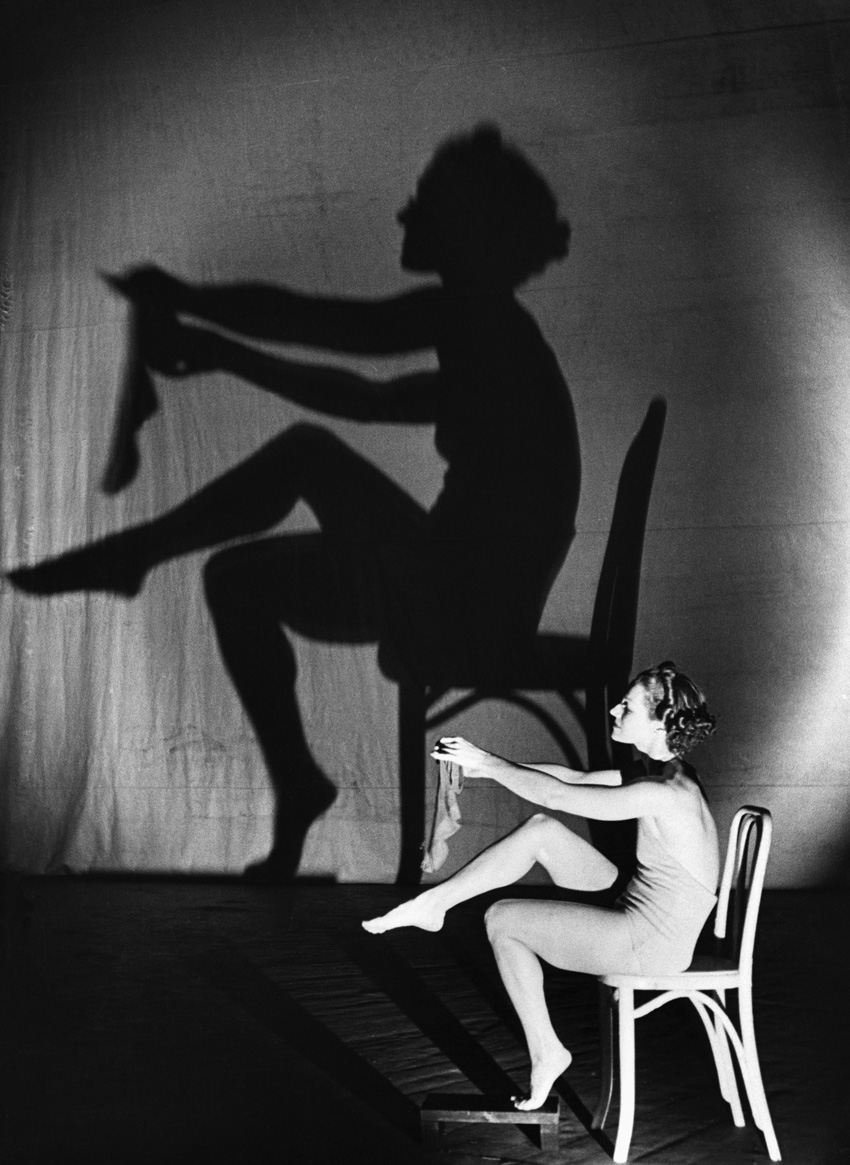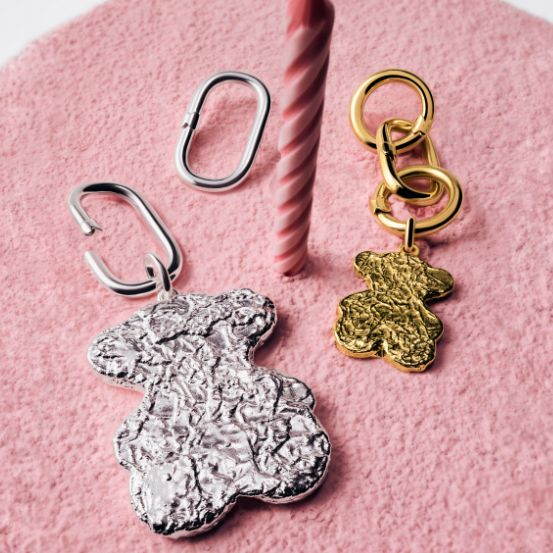Not all mysteries belong in a great mystical book; sometimes, the greatest enigmas are the most trivial. The reality is that we live our daily lives with three unquestionable truths: that we are born, that we die, and that, eventually, one of our favourite socks disappears.
When it comes to pairs of socks, the divorce rate is worthy of any record book. Whether they’re colourful, patterned, or part of a homogeneous collection, in the end, when all is said and done, there’s always one sock that remains unaccounted for. However, in a platonic sort of love, some people don’t give up on the relationship and hold onto the abandoned sock in the eternal hope of reuniting the perfect match. A mystery worthy of an investigation à la Agatha Christie, the hiding place of the lost socks is a secret yet to be unravelled. In an enigmatic twist, we may not know where our lost stockings are, but their origin is equally fascinating.
The story of socks is a maze that goes back to some of the oldest civilisations in our history. Although the Egyptians were the great pioneers in the invention of socks as we know them today, rudimentary foot coverings date back to the Stone Age. Thanks to paintings found on the walls of caves, we know that cavemen wore something similar to stockings to protect their feet and keep them warm. Fast forward to Ancient Greece, socks make their first appearance in poetry. In the poem Works and Days, Hesiod illustrates the so-called “piloi”, made of animal skin and worn between the feet and sandals.
Never a people to be left behind, the Romans – who traditionally wrapped their feet in strips of leather – didn’t miss the opportunity to present us with yet another historical milestone and created the “udones”, which consisted of uniting fabrics to form a foot covering similar to socks. However, in the history of stockings, not all roads lead to Rome, and the concept of nålebinding – which involves using just one needle to create knitted loops – cemented the Egyptians as the real driving forces behind socks. The foot coverings found in Egyptian tombs date from the years 250 to 420, and similarly to Maison Margiela’s iconic Tabi, they had a slit between the toes to make them easier to wear with sandals. In a true paradigm shift, socks became an accessory and a status symbol in the Middle Ages.
Among eclectic palettes and colourful patterns, simple foot coverings discarded their purely functional role, and silk stockings became one of the great must-haves of aristocratic wardrobes. However, one of the most pivotal chapters in the history of our feet began during the Industrial Revolution: with the introduction of mass production methods, stockings started to appear in a range of materials – such as silk, cotton, and wool – and became increasingly available to all social hierarchies. During the Second World War, the invention of nylon once again irrevocably transformed the future of socks. In this new iteration, free from the need to use garters to hold them in place, socks became practical, extremely comfortable, and most importantly, essential to contemporary clothing.
Although their history is full of twists and turns, the truth is that, nowadays, we only look at socks as a prelude to our favourite shoes. Like a shuttle that never stops, stockings have reverted to an almost secondary role in our wardrobe. But more than a fashion underdog, thanks to a wide range of materials, sizes and styles, socks are the perfect accessory to elevate different types of footwear and add an unexpected touch to even the simplest looks.
As for the mystery of their disappearance, some say that the socks disappear in the washing machine – as if a magic portal has opened and taken them to another dimension. For others, the escape is more meticulously planned and happens even before they reach the laundry basket. Whether they get stuck in the drum of the washing machine or take off when we hang them on the clothesline, the theories on how socks escape are not endless – but almost. The mystery of the stocking divorce remains unsolved and, in the absence of couple’s therapy sessions for inanimate objects, the truth is that the wait for the return of the perfect pair can seem in vain. But all is not lost. Now and then, in an unexpected coincidence, the fateful sock might yet appear, perhaps like a lost soul that regrets the fickleness of a life alone and returns in search of its “and they lived happily ever after”.
Translated from the original on "The Mystery" issue, published October 2024. Full credits and stories in the print issue.
Relacionados
.jpg)



.jpg)

.jpg)


